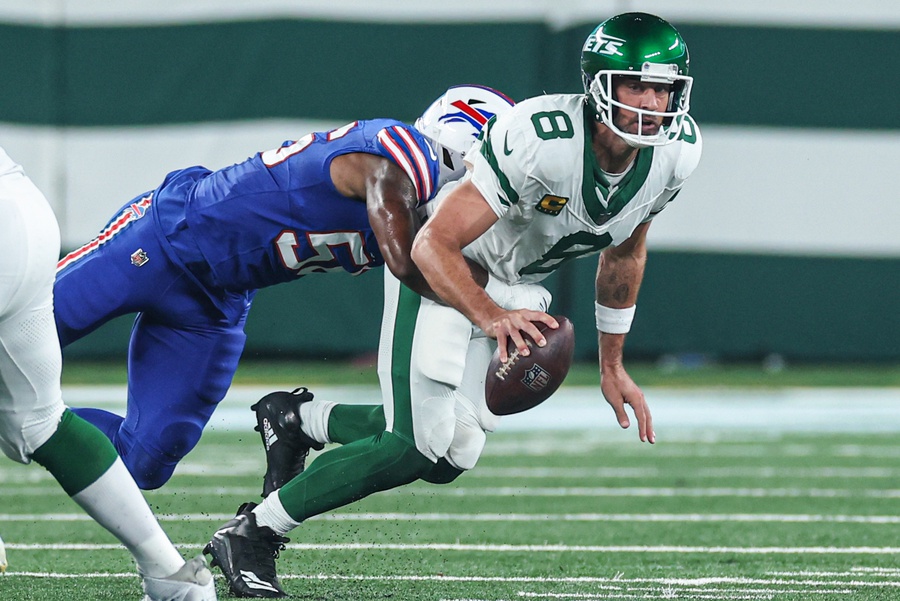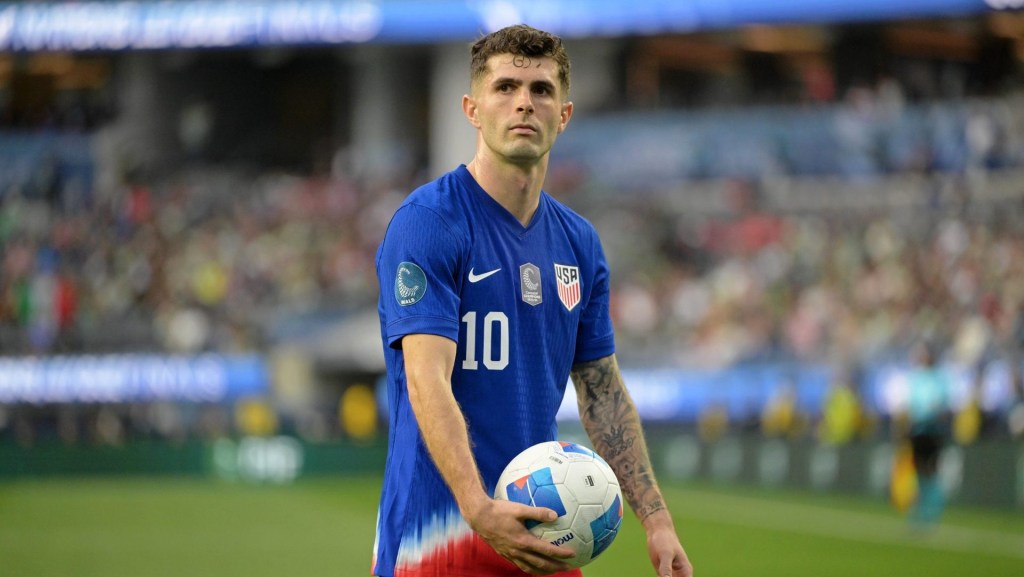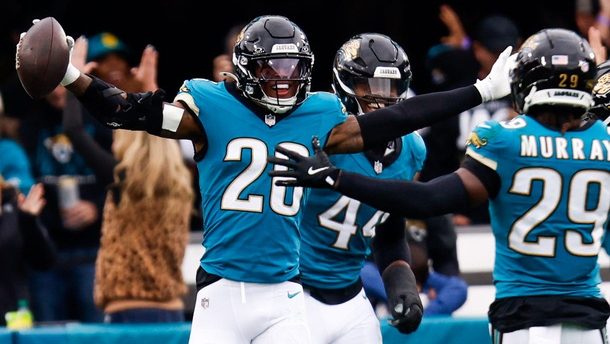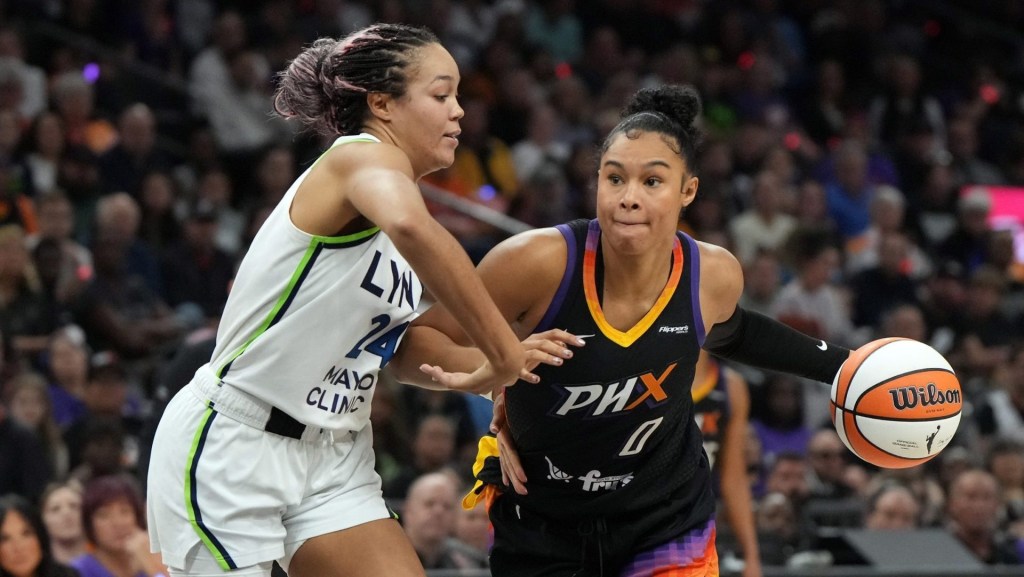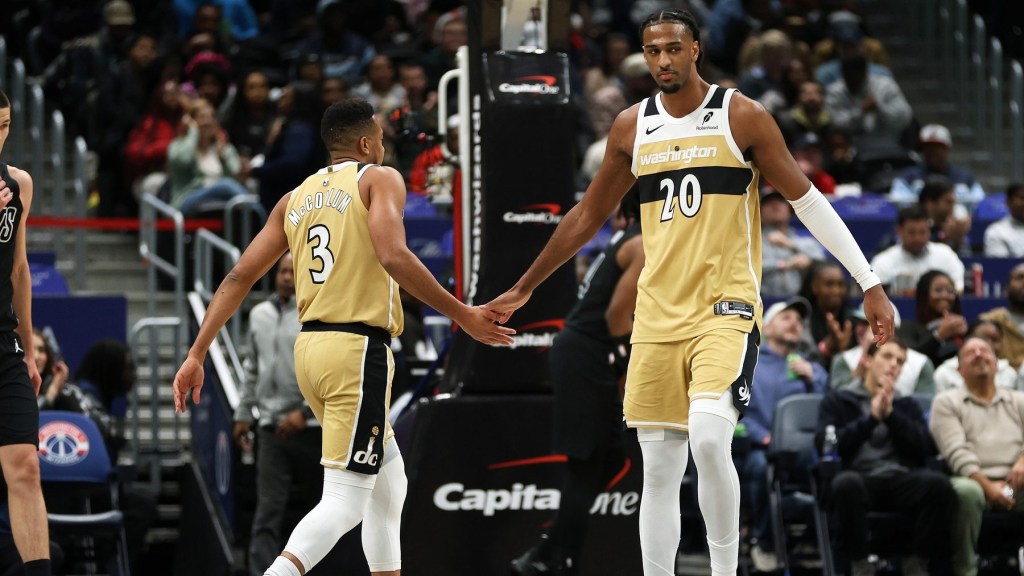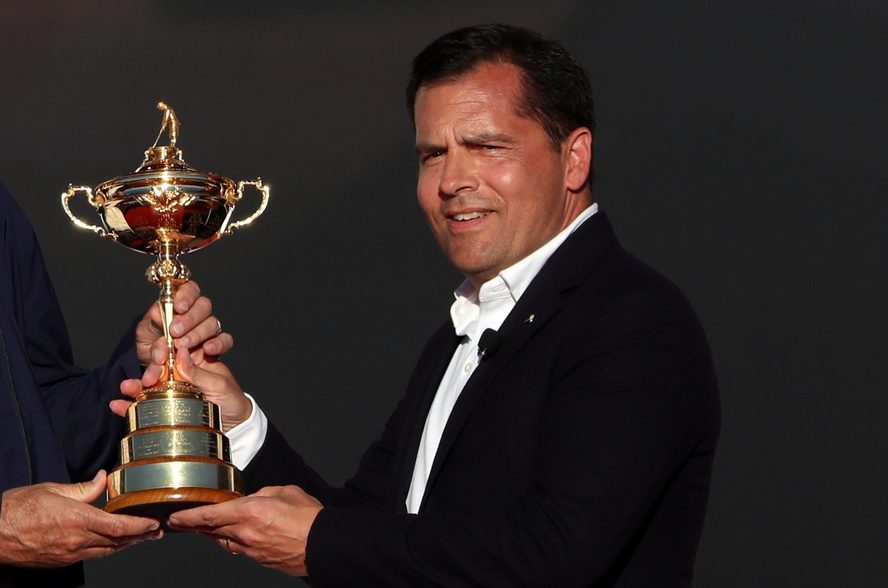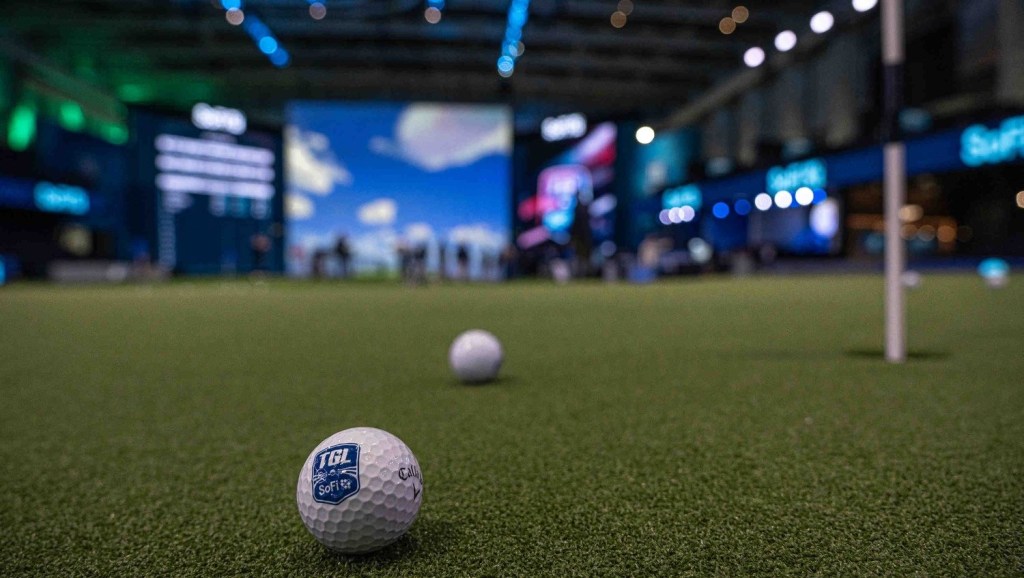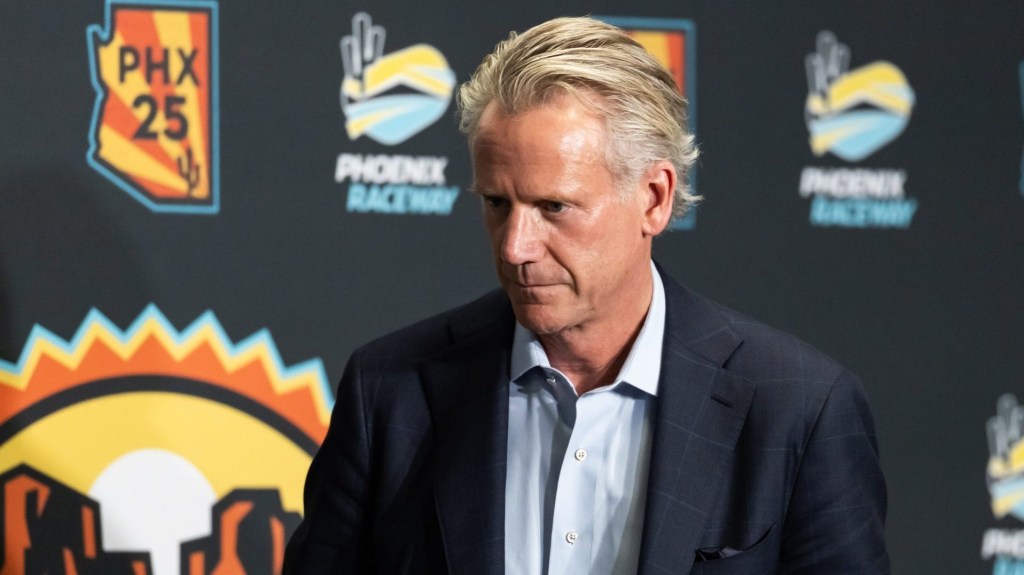The NFL’s turf controversy is nothing new.
Each time a high-profile player is injured playing on an artificial surface — like Aaron Rodgers suffering a torn Achilles at MetLife Stadium in Week 1 — more players and NFLPA officials call for the league to standardize natural grass fields.
Despite data like that of the 2022 season — the noncontact injury rate was higher on turf — no major progress seems to have been made, with all signs pointing to nothing changing anytime soon.
Half of the NFL’s 30 stadiums have artificial playing surfaces, and seven of them will host matches during the 2026 FIFA World Cup. Ahead of the tournament, grass must be installed at those venues in Atlanta, Boston, Dallas, Houston, Los Angeles, New Jersey, and Seattle. Canadian stadiums in Vancouver and Toronto will also have to install grass.
With the World Cup taking place in June and July 2026, there’s no guarantee that the venues that will install grass for the event will keep those natural playing surfaces for the coming NFL season.
Money Matters
While specific costs could vary, ESPN reports a natural grass field could require a cold-weather team to spend $2 million to $3 million per year to maintain it — as opposed to approximately $1.25 million to install and maintain turf.
Last season, the Denver Broncos spent $400,000 to replace their grass field before their final game of the year.
However, playing on a natural surface presents its own challenges. During Super Bowl LVII in February, the natural grass at State Farm Stadium in Phoenix was subpar, especially in the second half when a number of players slipped during the game.
